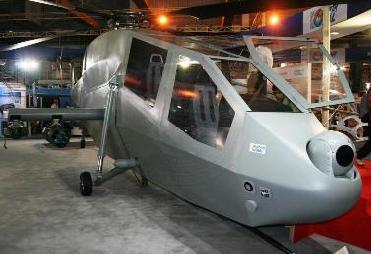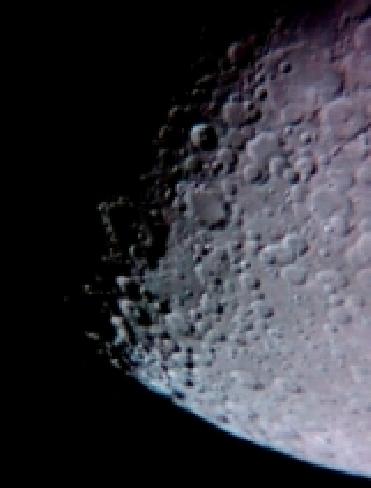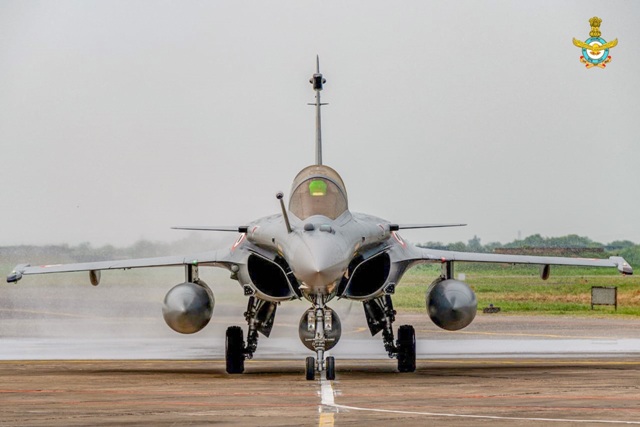
HAL Light Combat Helicopter (LCH).
Hindustan Aeronautics Ltd (HAL) recently successfully flight tested a prototype of its Light Combat Helicopter with extended hover and slow speed cyclic manoeuver. It was a short haul lasting about 20 minutes.
The indigenously-built Light Combat Helicopter (LCH) of India is an attack helicopter based on the HAL-designed Dhruv (Advance Light Helicopter) platform.
The twin-engine LCH belongs to the 5.5 ton class, with a narrow fuselage with flat panels accommodating a pilot and a gunner/co-pilot in tandem configuration.
The LCH incorporates stealth features, glass cockpit, armour protection, high degree crash worthiness and also night operation capability.
The helicopter is powered by the Shakti engine jointly developed by HAL and Turbomeca of France.
The helicopter is equipped with helmet-mounted targeting systems, electronic warfare systems, Infrared (IR) suppressor and advanced weapons systems i.e; rocket from Belgium, an MBDA air-to-air missile, EW suite from SAAB, South Africa, Nexter 20 mm turret-mounted cannon.
It is fitted with anti-tank missiles, air-to-air missiles and will perform anti-tank and counter insurgency roles, as well as scout duties, escort to heliborne operations and support for combat SAR operations. The armament also includes a chin mounted twin barrel 20 mm cannon, rockets, air to surface and air to air missiles.
The HAL's LCH mission objectives will be air defence against slow moving aerial targets, Destruction of Enemy Air Defence (DEAD) operations, escort to Special Heliborne Operations (SHBO), offensive employment in urban warfare and Counter Surface Force Operations (CSFO) including counter insurgency operations, support of combat SAR operations and anti-tank role.
The helicopter has been designed to fit into an anti-infantry and anti-armour role. It can therefore take off from an altitude of 10,000 feet, operate weapons up to 16,300 feet, and engage targets like UAVs that are flying at altitudes of up to 21,300 feet.
The LCH which is a class in itself will join the Indian Army and Indian Air Force by the end of 2011-2012 to meet the operational need of combat helicopter.
Performance
Max. take-off weight: 5.5 ton
Max. speed: 275 kmph
Max. Oblique rate of climb: 12.0 m/sec
Range: 550 km
Flight ceiling: 6000 mts (almost 20, 000 feet)
Wingspan: 3550 mm
Tail rotor diameter: 2054 mm
Powerplant: 2× HAL/Turbomeca Shakti turboshafts, 900 kW (1200 hp) each
Armament:
20mm gun
60/80mm calibre rockets
air-to-air missile
air-to-surface missile
Iron/cluster bombs
Anti-radiation missile
Capability of operation in NBC equipment
HAL's LCH can well be compared with Eurocopter’s Tiger (EC 665) and China’s ultra-secret Zhisheng-10 (Z-10).
Comparison of LCH with Tiger:
Key Facts LCH Tiger (EC 665) Crew 2 2 Length 15.8m 14.08m Rotor diameter 13.3m 13.00m Max take-off weight 5500 kg 6000 kg Powerplant 2× HAL/Turbomeca Shakti turboshafts, 900 kW (1200 hp) each 2× Rolls-Royce/Turbomeca/MTU MTR390 turboshafts, Max speed 275km/hr 290km/hr with mast
873 kW (1,170 shp) each
[**Specification collected from open source]
- Courtesy
HAL
Eurocopter
Global Security Website
 Next Article
Next Article













The Indian Air Force, in its flight trials evaluation report submitted before the Defence Ministry l..
view articleAn insight into the Medium Multi-Role Combat Aircraft competition...
view articleSky enthusiasts can now spot the International Space Station (ISS) commanded by Indian-American astr..
view article